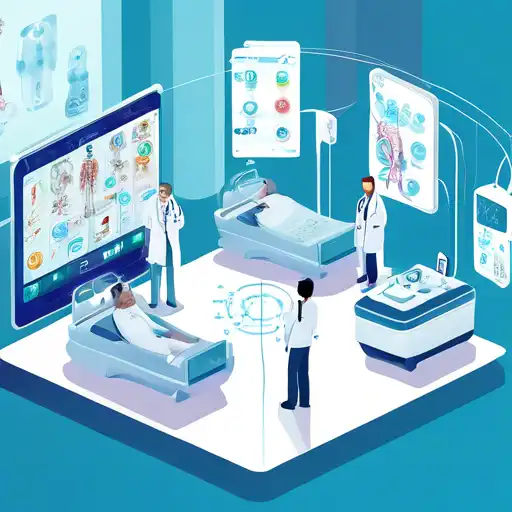Introduction to IoT in Healthcare
The integration of the Internet of Things (IoT) in healthcare is transforming the way medical services are delivered, making it a game changer in the industry. IoT technologies enable the collection, analysis, and transmission of health data in real-time, improving patient outcomes and operational efficiency.
How IoT is Changing Healthcare
IoT devices, such as wearable health monitors and smart medical devices, are providing patients and healthcare providers with unprecedented access to health data. This real-time monitoring can lead to early detection of potential health issues, personalized treatment plans, and reduced hospital readmissions.
Benefits of IoT in Healthcare
- Enhanced patient care through continuous monitoring
- Improved accuracy in diagnostics and treatment
- Reduced healthcare costs by minimizing unnecessary visits
- Increased efficiency in hospital operations
Challenges and Considerations
Despite its benefits, the adoption of IoT in healthcare comes with challenges, including data security and privacy concerns, the need for interoperability among devices, and the requirement for significant investment in infrastructure.
Overcoming IoT Challenges
To fully leverage IoT in healthcare, stakeholders must address these challenges by implementing robust cybersecurity measures, establishing standards for device interoperability, and investing in the necessary technological infrastructure.
Future of IoT in Healthcare
The future of IoT in healthcare looks promising, with advancements in AI and machine learning further enhancing the capabilities of IoT devices. These technologies will continue to revolutionize patient care, making healthcare more proactive and personalized.
For more insights into how technology is shaping the future of healthcare, explore our articles on Digital Health Trends and AI in Medicine.
Conclusion
IoT in healthcare is indeed a game changer, offering numerous benefits that improve patient care and operational efficiency. However, realizing its full potential requires overcoming existing challenges through collaboration among technology providers, healthcare professionals, and policymakers.
